Building Products in BIM
Because BIM software works as a relational database, it can take advantage of objects that are built to be parametric, meaning they contain enough data to represent more than one configuration of alternative features. These are sometimes referred to as nested product types or product type catalogs. The user can identify which feature set is appropriate for a given project requirement and the software will create an instance of the object that contains just those features, including both the graphical and non-graphical information.
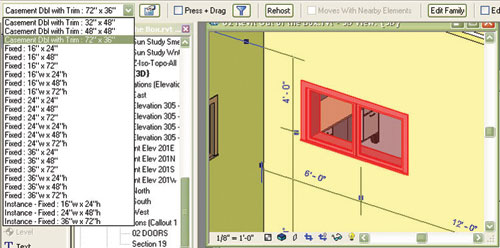 |
A 72" x 36" generic window in BIM selected by its dimensions from a list of generic Double Casements with Trim. Further information about the window, such as frame finish or glass type, is either manually entered into the object�s data fields by the user, or the generic will be completely replaced with a manufacturer�s proprietary window object at some later point in the development of the design. Image courtesy of CDV Systems |
Â
Another advantage of parametric objects is their ability to interact intelligently with other objects. For instance, when a parametric door object is inserted in a parametric wall object, the wall object automatically adjusts itself to create the proper opening, modifying both its graphical and non-graphical properties. So, for example, when the entire BIM model is electronically queried to determine the total surface area of interior partitions, perhaps to determine wall finish quantities, the wall objects know to deduct all the door openings in the calculation. Also, if the BIM software is creating and maintaining a door schedule, any additions, deletions or modifications made to any of the door objects will automatically update the door schedule.
Static Objects
The simplest BIM objects represent just a single product and do not carry any inherent options for alternate features. These static models are appropriate for product lines that have limited options for dimension, finish, etc.
Materials and Finishes
Although BIM content for materials and finishes is the least plentiful type being provided by BPMs, BIM software often comes preloaded with a number of generic materials which can be modified by users to represent the specific requirements of a project. For sophisticated visualization, some BIM software applications enable extensive customization of material appearance to a remarkable level of detail, by manipulating the rotation, size, brightness, and intensity of textures, gloss maps (also known as shinemaps), transparency maps, reflection maps, oblique reflection maps, hole maps and bump maps.
Generic and Proprietary Objects
Across all of the types described above there is an important distinction between generic and proprietary BIM objects of building products.
- A generic object carries geometric and non-graphical data representing the functional need for the particular product in that project, but does not carry specific information identifying it as a particular manufacturer's product. Final recommendations on manufacturer-specific products are ultimately made by contractors based on bidding and market conditions.
- A proprietary object represents a specific manufacturer's product, with its particular dimensional and functional characteristics. These are commonly used when an architect wants to identify a preference or as the Basis of Design, where alternates must be equivalent to be approved.
Notice
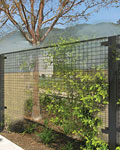
www.greenscreen.com
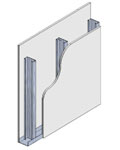
www.gpgypsum.com
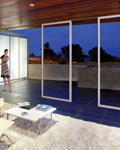
www.nanawall.com
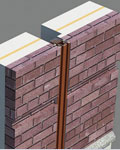
www.nystrom.com/Nystrom-BIM-Library

www.pellacommercial.com
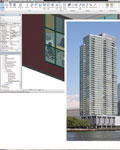
www.ppgideascapes.com
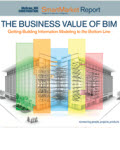
www.bim.construction.com









